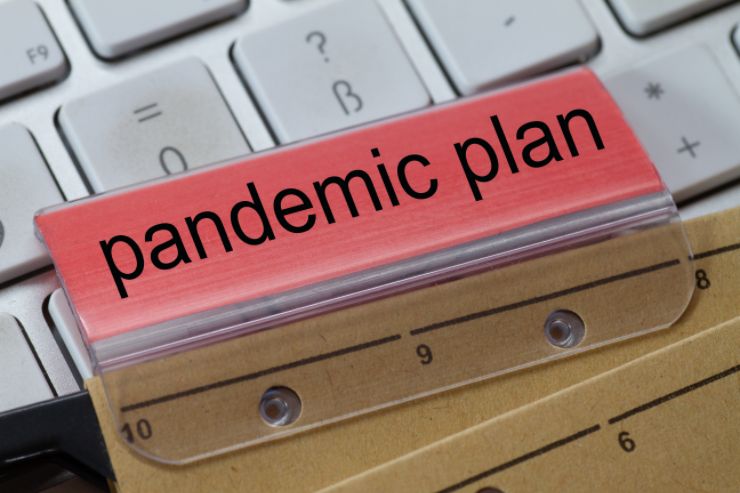How Your Business Can Stay Ready for the Next Pandemic

Looking forward, we have to be ready for whatever comes next, after COVID. Future pandemics, like the current pandemic, can get out of hand quickly. Prevention and preparation are the two keys to keeping the situation under control. Public and private sector organizations must lead the charge with protecting the citizens. COVID has clearly displayed, like previous pandemics such as SARS, businesses form the first line of defense against outbreaks.
Why Businesses Should Be Ready for Future Potential Pandemics
The pandemic shook the world’s economic stability, decimated global supply chains, and brought many countries’ operations near to a grinding halt. The COVID-19 pandemic began as a largely benign coronavirus outbreak but quickly differentiated itself through a tendency to overwhelm victims’ respiratory systems, creating a global health crisis. Following the spread from Wuhan, New York, among other cities experienced a shortage of NIOSH-approved, non-counterfeit medical-grade N95 and KN-95 masks, and respirators during the initial onset of COVID-19 in Q1 2020. Since then, variants of COVID have overwhelmed health care systems and decimated India, Florida, California, Tennessee, Kentucky, Texas, and many other regions. To date, COVID has claimed:
- More than 4.7 million people’s lives around the world.
- Over $16 trillion (by October 2020)
- The entire income of the US social security income cashflow for 2021
- Shutdown of around 31% of US small businesses
Prevention is an important part of ensuring that other disease outbreaks and future pandemics cannot burn through the world, once COVID is resolved. Training and proper Personal Protective Equipment (PPE) availability are among the most important parts of prevention.
Add New Training Resources
Preparedness includes employee training. We need to ensure that workers are trained on the proper cleaning, disinfection, and any other procedures involved in your pandemic preparedness plan. Training starts with information availability, which requires standardized procedural documentation and crystal clear intra-organizational communication.
Additional guidelines, contingencies, and educational resources should be available to workers in the event of an emergency. Instilling these things into your employees and contractors now is the only way to ensure that everyone is ready for the crises of tomorrow, should they arise. Training is a great way to substantially reduce risk as it pertains to any operations.
Sanitizing Surfaces Regularly
Pandemics are prevented by combating microbes and preventing them from spreading through their preferred avenues—airborne microbes are often treated best with high-volume ventilation, regular vent cleaning, and air scrubbing. Other surfaces that should be sanitized regularly include keyboards, desks, countertops, and common-access equipment, such as office scanners, fax machines, door handles, and phones.
Businesses must ensure that they stay stocked up on cleaning solutions and supplies. As several companies found out the hard way with COVID, the supply chain may buckle for a short while, so keep a few weeks’ worth of cleaning supplies that your business replaces as the chemicals are used, in order of date produced.
Consistency is among the most vital parts of cleaning. It won’t matter that you fully sanitize the building once per month if your staff hasn’t cleaned and sanitized high-traffic areas and common access surfaces multiple times throughout the day—people will still become sick due to the germs that aggregate over the days or weeks between cleanings.
